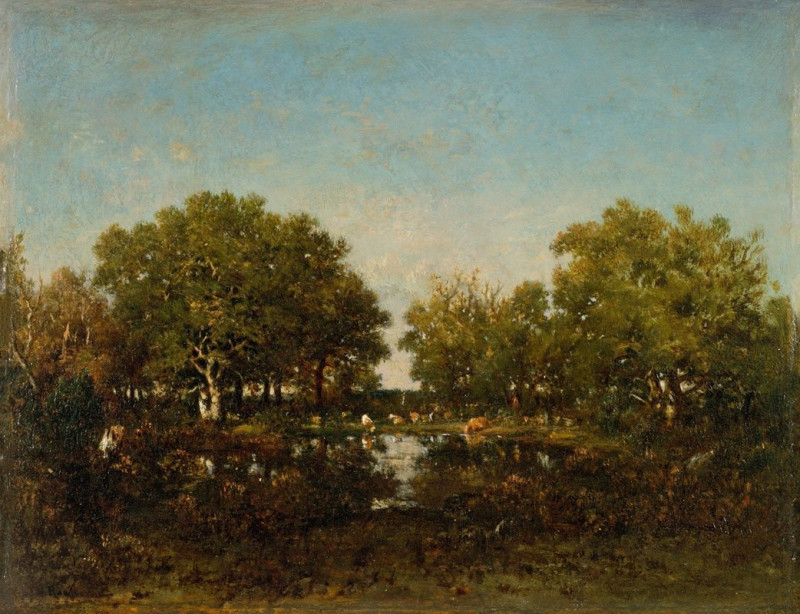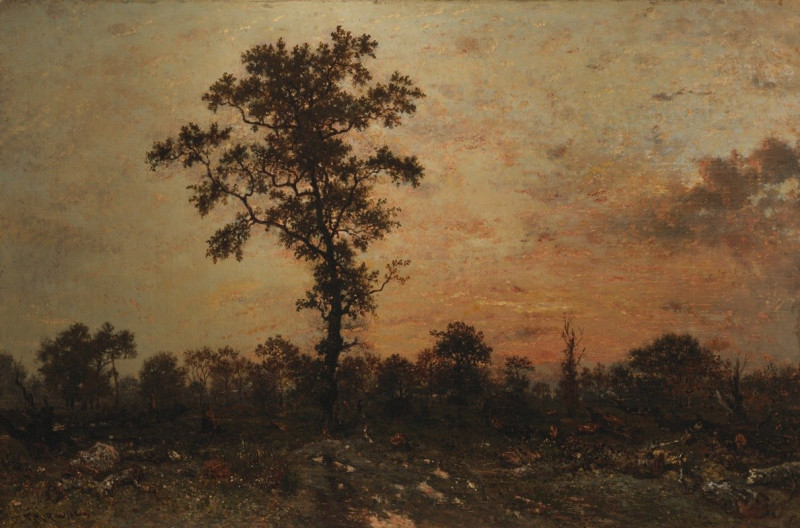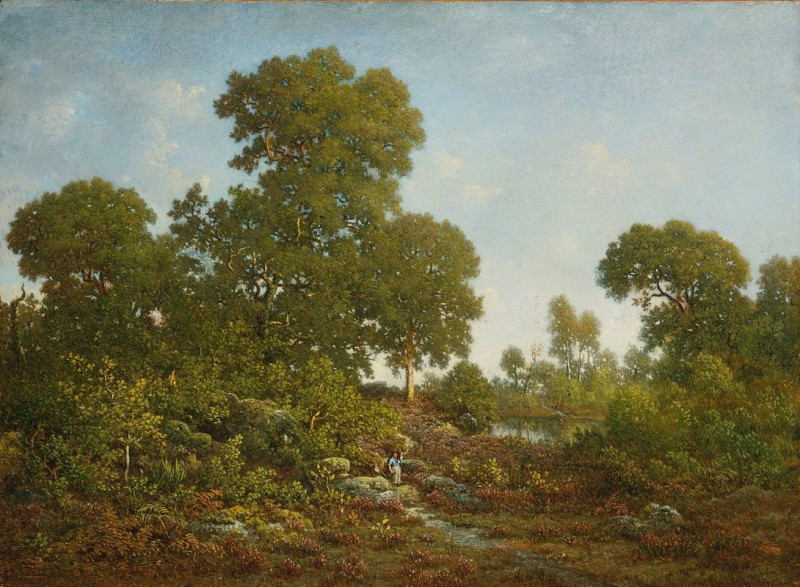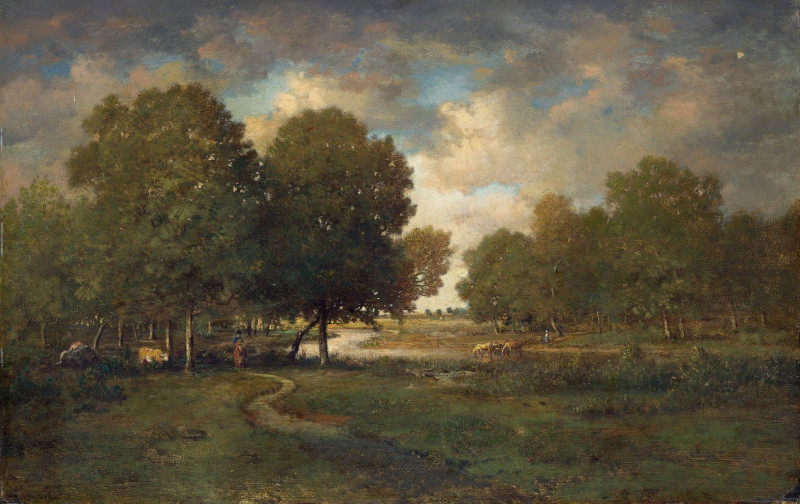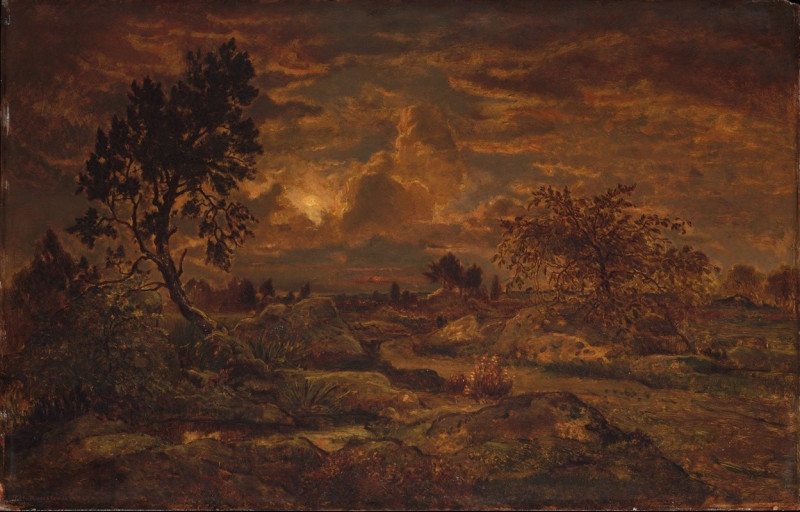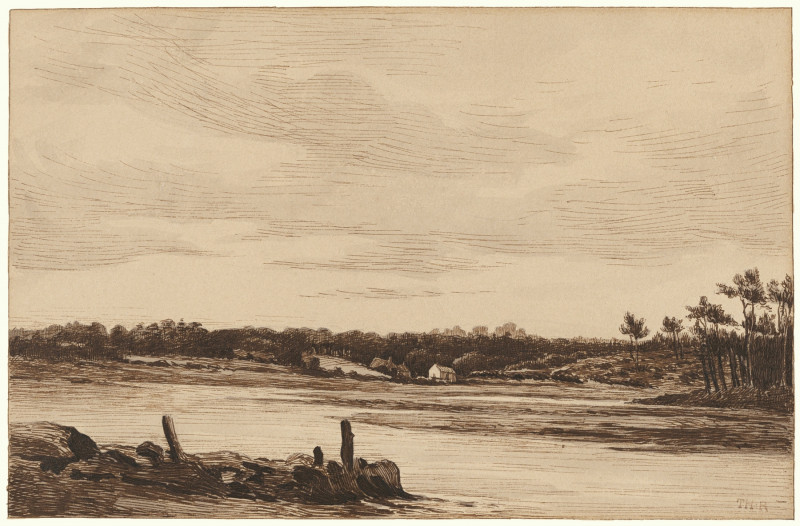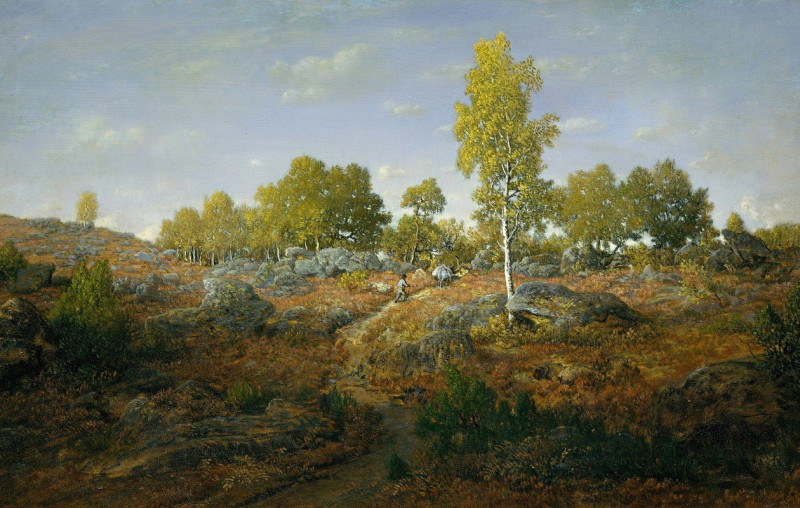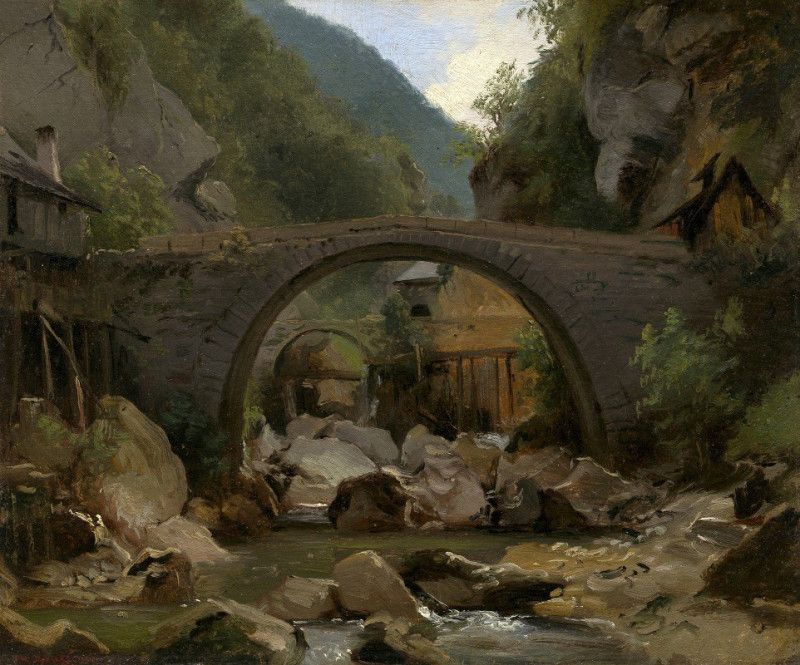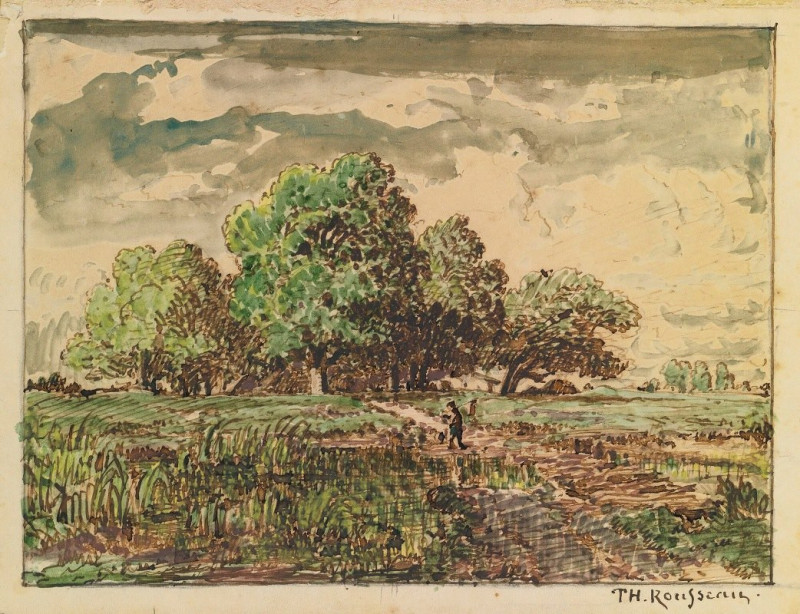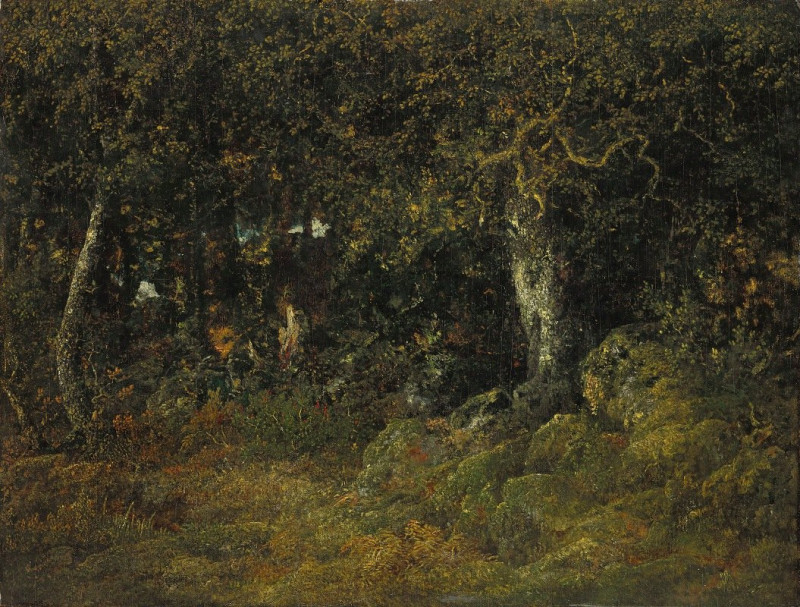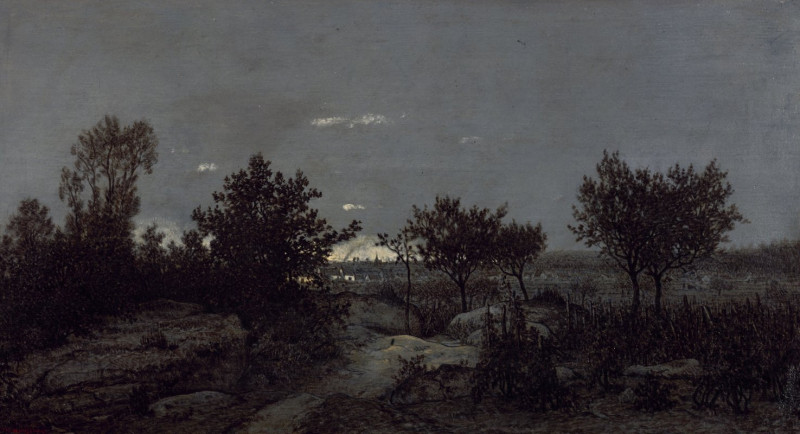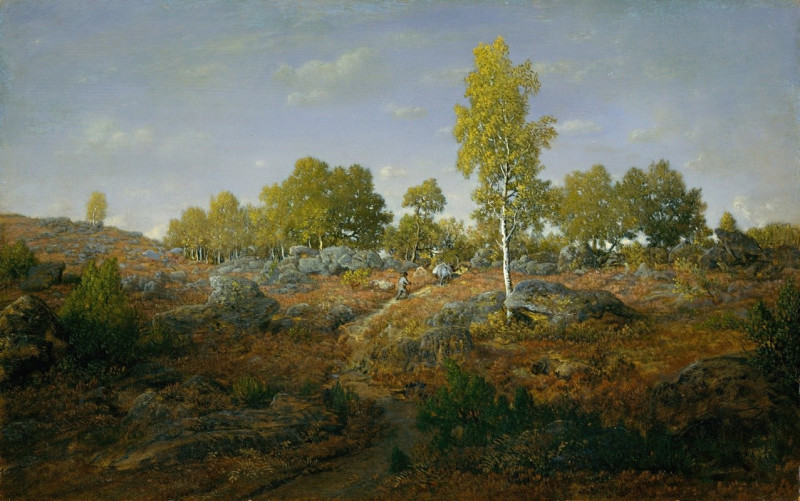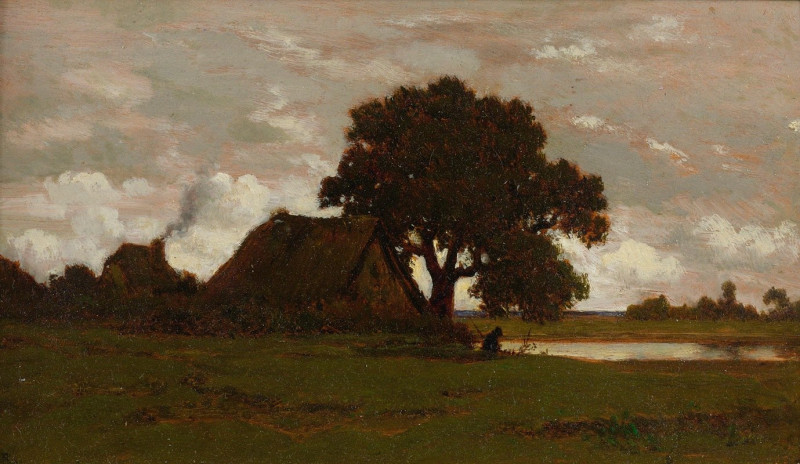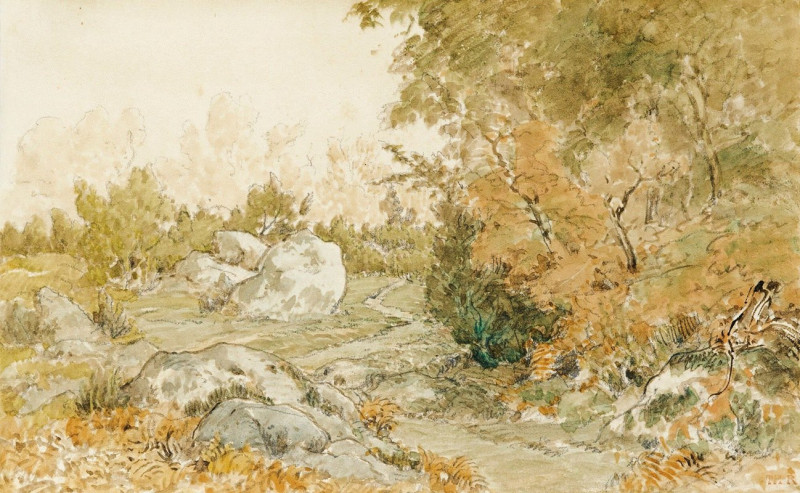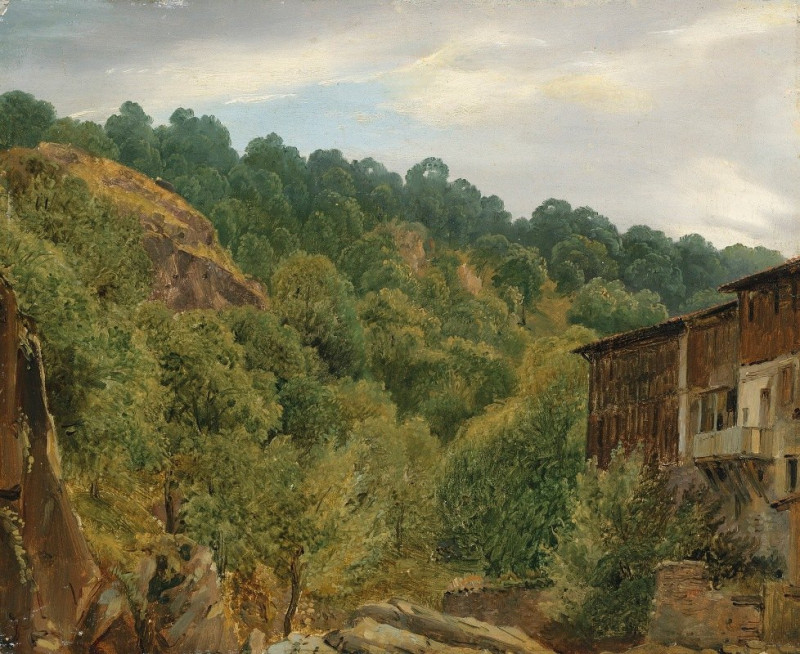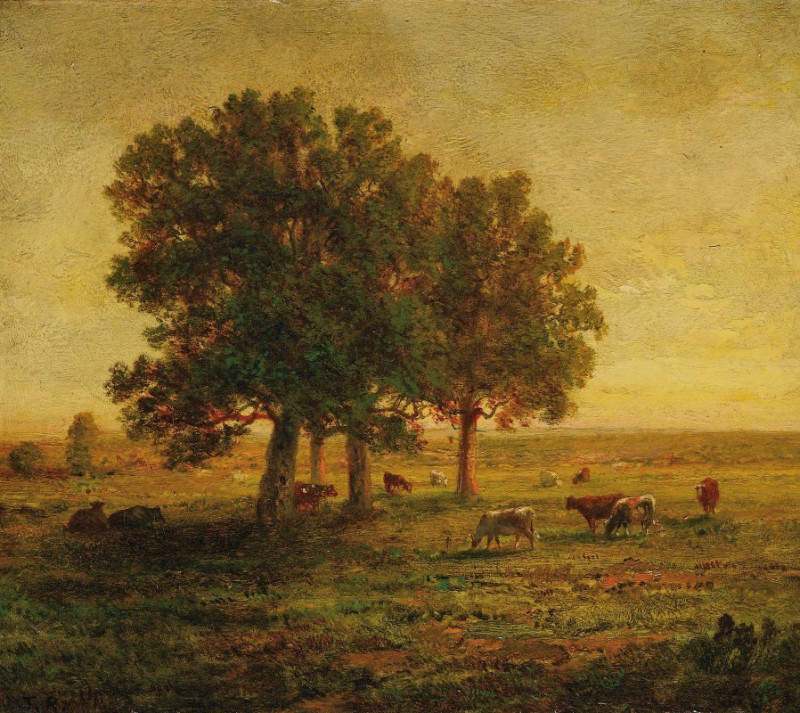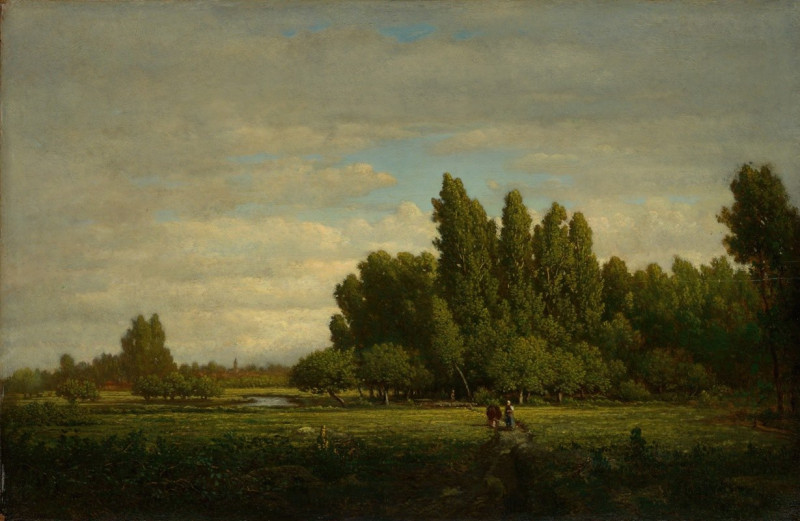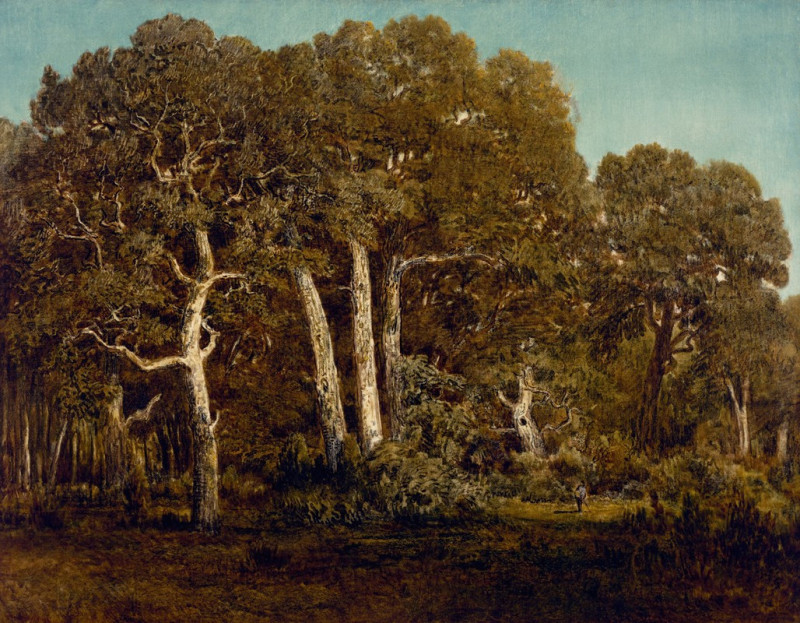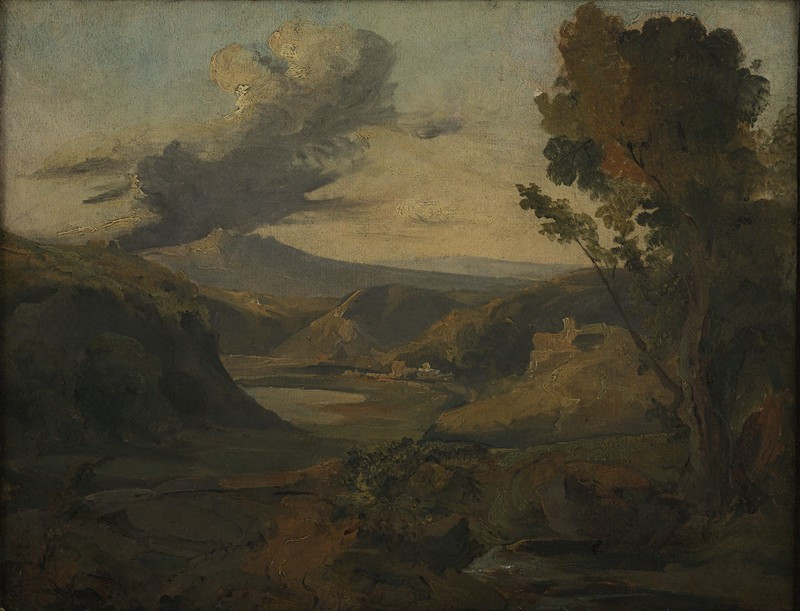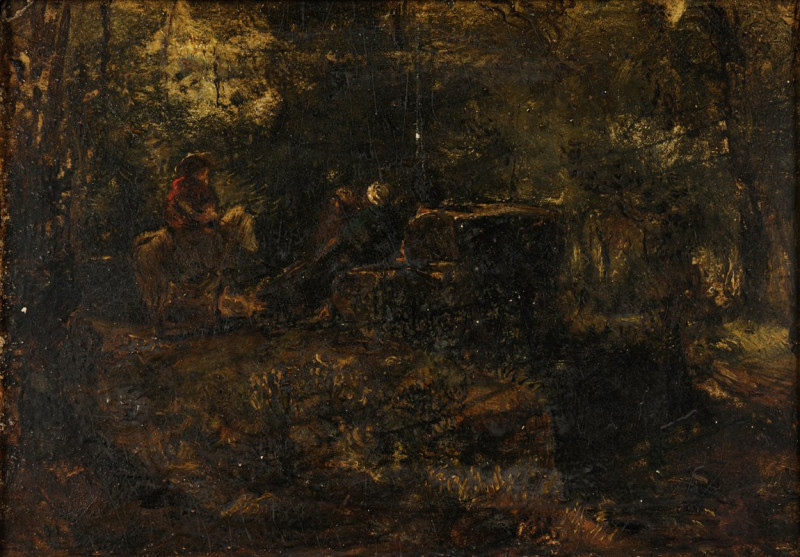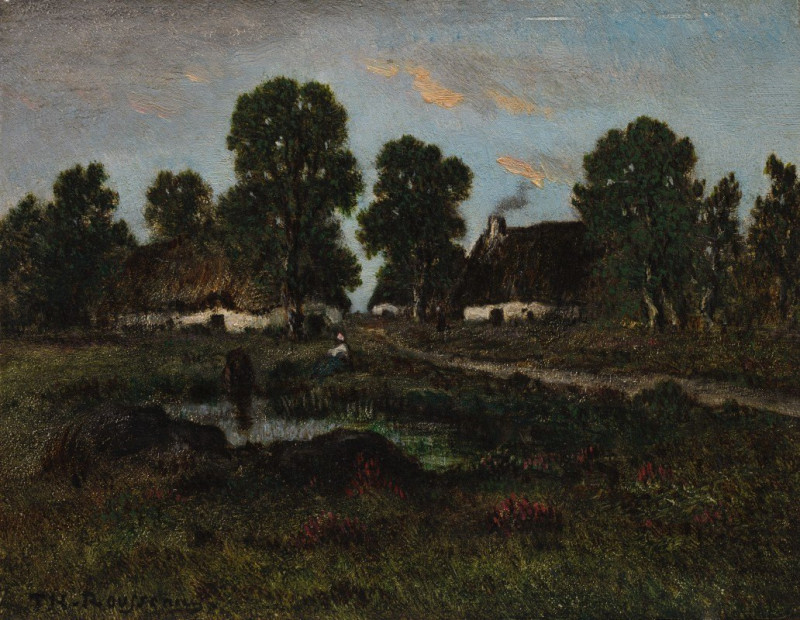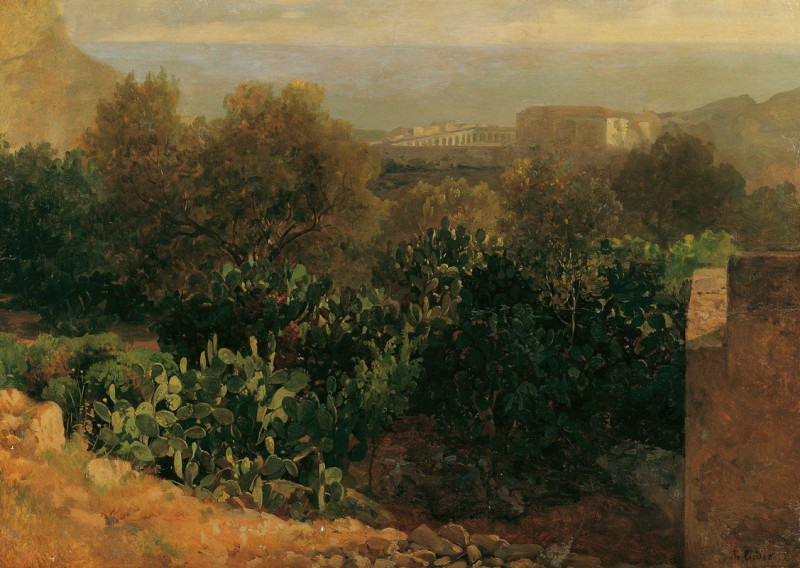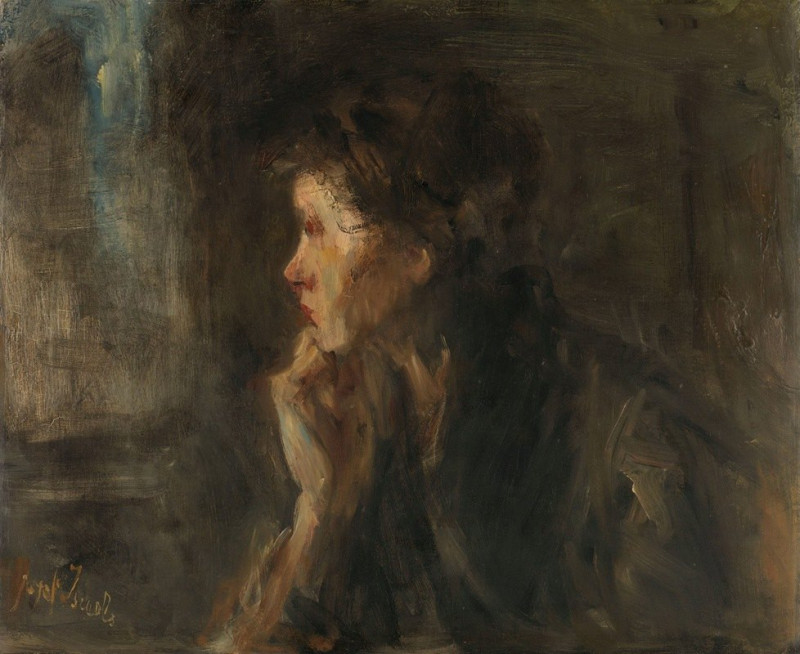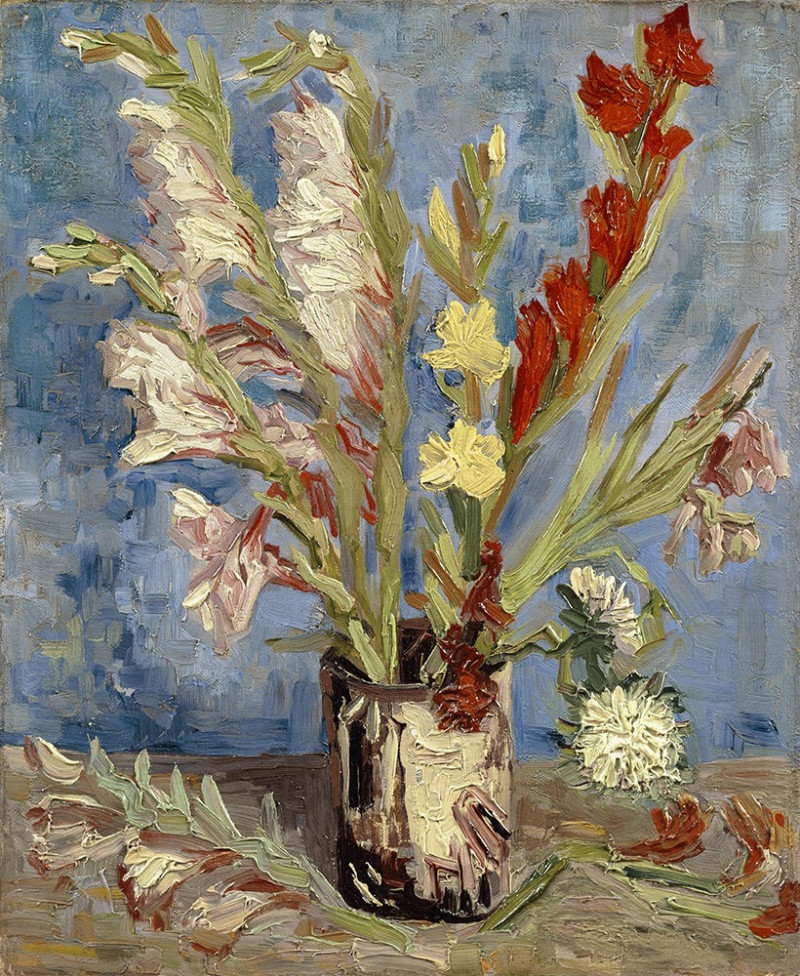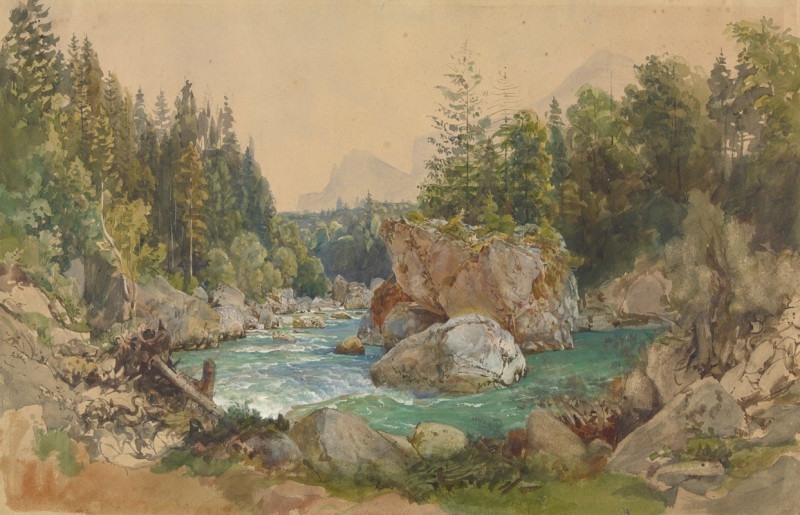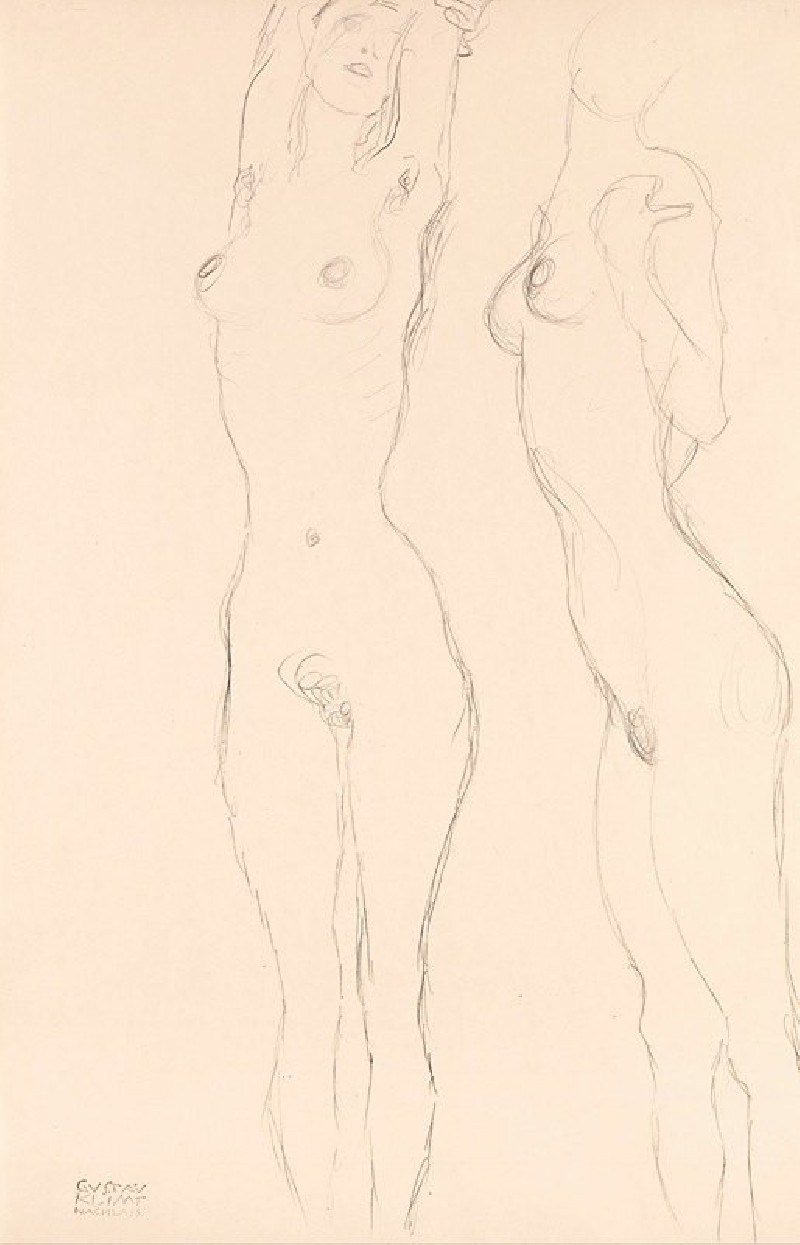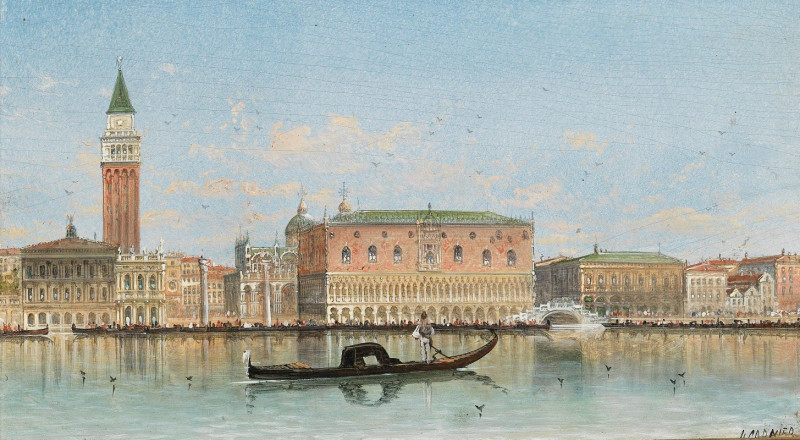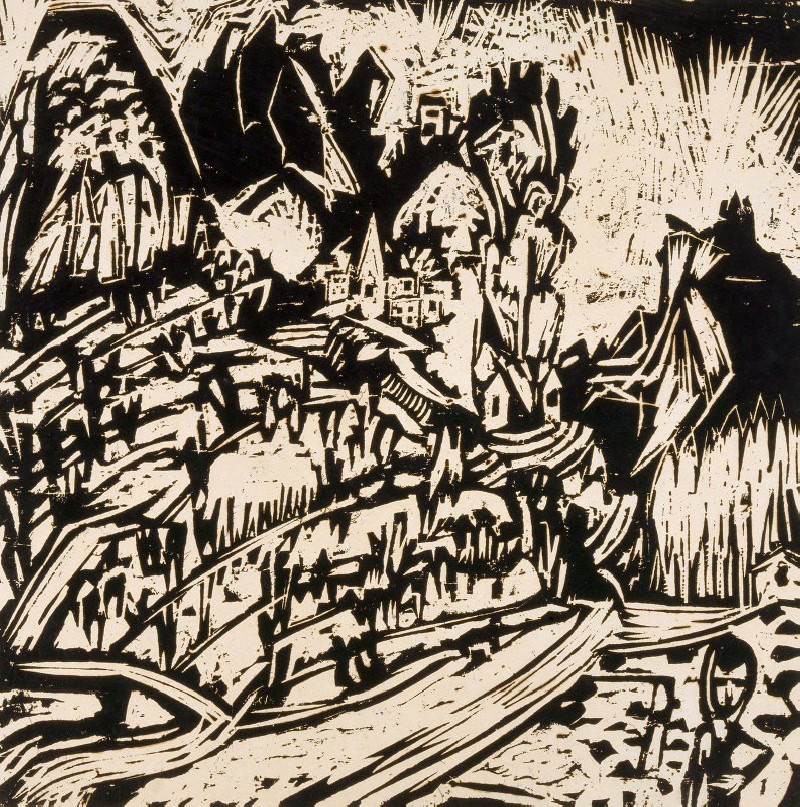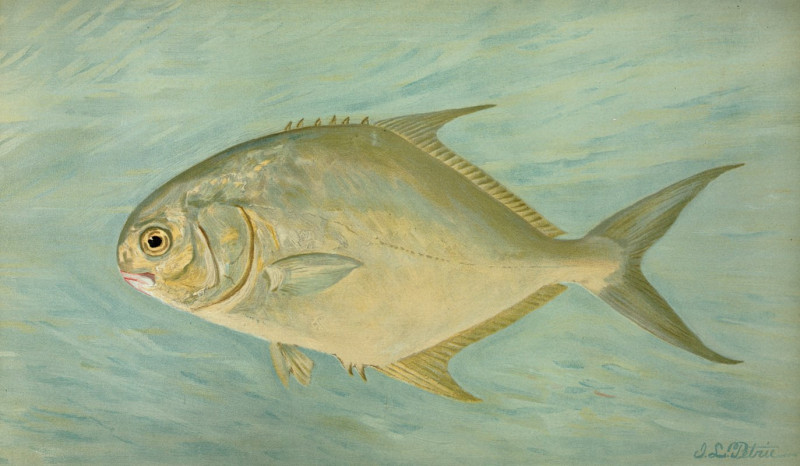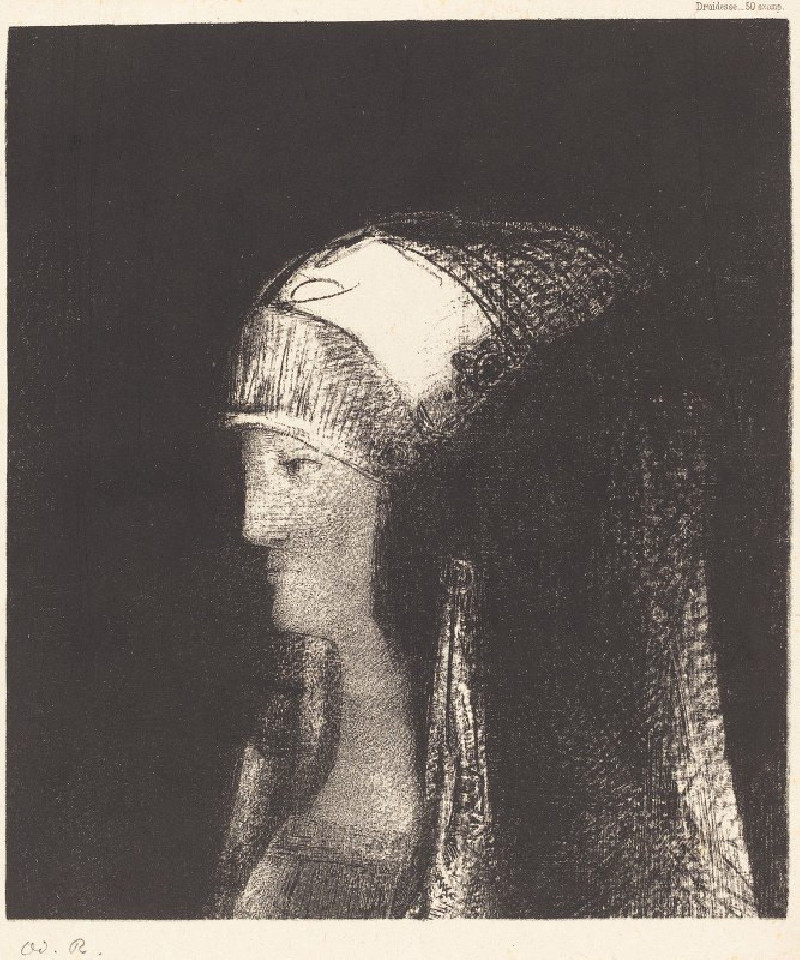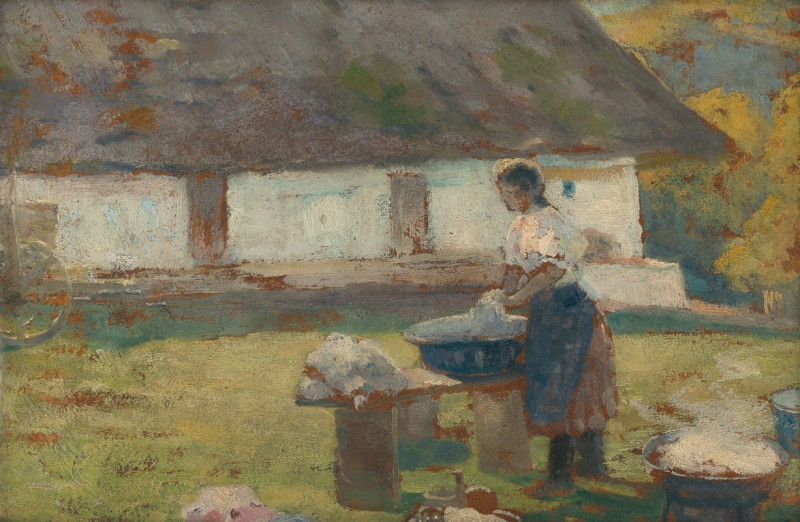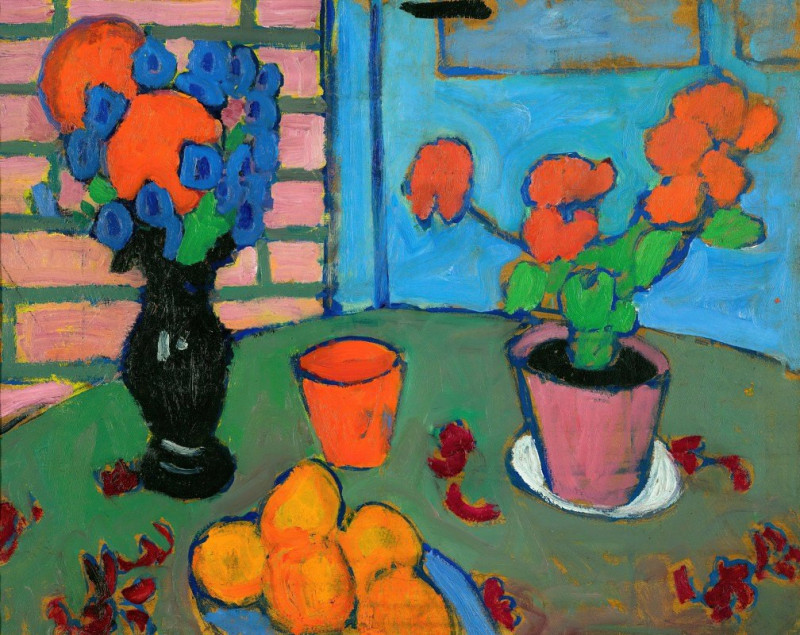The Pool (Memory of the Forest of Chambord) (1839)
Technique: Giclée quality print
Recommended by our customers
More about this artwork
In the enchanting realm of 19th-century landscape painting, Théodore Rousseau stands out with his profound sensibility and deep reverence for nature. One of his captivating works, "The Pool (Memory of the Forest of Chambord)" painted in 1839, invites viewers into a serene, almost sacred, natural setting that exemplifies his masterful touch.The painting showcases a bucolic scene centered around a tranquil pool, reflecting the lofty trees and expansive sky above. The underlying tranquility of the water surface, mirroring the gentle skies and the foliage, serves as a central element, drawing the viewer's eye into the depths of the composition. This reflective quality not only enhances the visual appeal of the scene but also amplifies the overall serene atmosphere.Flanking the pool are lush, verdant trees, depicted with a rich variety of greens and browns, showcasing Rousseau's meticulous attention to the texture and form of vegetation. The artist's use of light and shadow breathes life into the leaves and branches, making them rustle with unseen breezes. It is this lifelike portrayal that Rousseau is celebrated for, as he captures not just images but the essence of the forest.In the distance, barely discernible figures possibly hint at human presence, integrating a subtle narrative element into the otherwise tranquil landscape. These figures also provide a scale to the grandeur of nature depicted, emphasizing the majesty and overwhelming presence of the natural world in comparison to the fleeting human existence.As a memory of the forest of Chambord, this painting does more than represent a location; it evokes the timeless and often nostalgic essence of nature’s untouched beauty.
Delivery
Returns
Étienne Pierre Théodore Rousseau was a French painter of the Barbizon school.
He was born in Paris, France in a bourgeois family. At first he received a basic level of training, but soon displayed aptitude for painting. Although his father regretted the decision at first, he became reconciled to his son forsaking business, and throughout the artist's career (for he survived his son) was a sympathizer with him in all his conflicts with the Paris Salon authorities.

